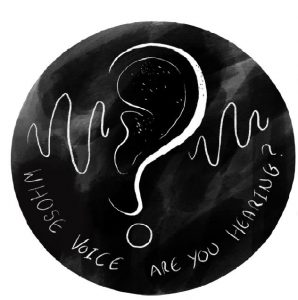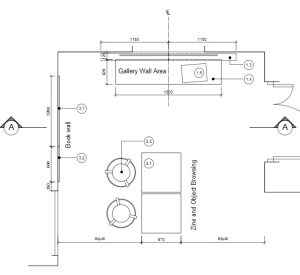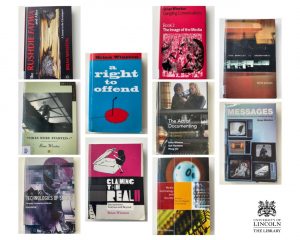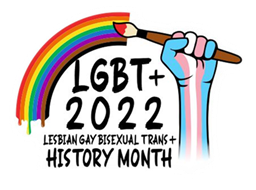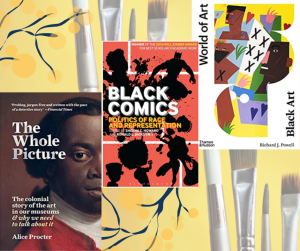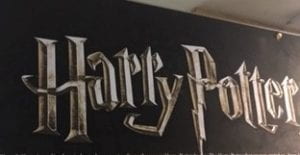For Black History Month 2022, the Library has two great activities for you to join in with! Everyone is invited to join in with these events.
Connected Heritage & Reimagining Lincolnshire: Black History Month Wikithon (in collaboration with the Library)

Reimagining Lincolnshire: Black History Month Wikithon logo used above was designed by Oonagh Monaghan and features art created by ‘Ccrow Illustration’ (Kes Whyte), University of Lincoln graduate, 2022 and photos from Reimagining Lincolnshire’s collection.
You are invited to learn Wikipedia basics and make some edits to highlight some of the stories and people with connections to Lincolnshire uncovered by the research team at Reimagining Lincolnshire. This event is a part of Wikimedia UK Connected Heritage project, which is funded by DCMS and The National Lottery through The Heritage Fund’s Digital Skills for Heritage initiative.
Editathons aim to address the underrepresentation of people from the Global South, women, people of colour, LGBTQ+ people in Wikipedia entries and among contributors.
The event will take place on Thursday 20th October 1pm-4.30pm online via Zoom and there will also be email communication before the event for all those registered to make sure attendees are prepared.
Book on Eventbrite at https://www.eventbrite.co.uk/e/connected-heritage-reimagining-lincolnshire-black-history-month-wikithon-tickets-387430754817
Book Giveaway!
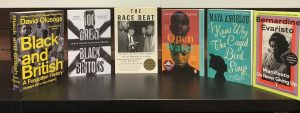
The Library will showcase book and film recommendations from staff and students at the University
Add your nomination for a book or film recommendation to our reading list https://rl.talis.com/3/lincoln/lists/2234271F-CD9E-EDF5-C1D8-5525FD0A907A.html by emailing us or tagging us on social media. Include the hashtag #UoLBHM22 and include your reason for nomination.
Win one of the amazing books donated by Blackwell’s bookshop in the Library.
Email library@lincoln.ac.uk or tag us on Twitter @LibraryUoL or Instagram @uollibrary
Get thinking about what books or films have had an impact on you or ideas for books to buy
- Is there a book you would like to read but never have?
- Is there a new book available that you would like us to purchase so you can read it?
- Are there particular texts, authors, films etc that have had a profound influence on you?
- Is there a film that you think everyone should see?
- Have you felt low or disempowered and been helped by a particular text?
- Are there texts that have motivated you to do more or challenge the status quo?
- Some texts might be challenging or triggering – let us know if we need to include a warning
- Tell us the reason for your choice of book or other resource.
